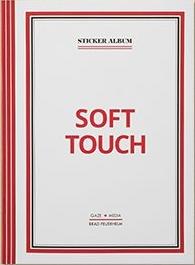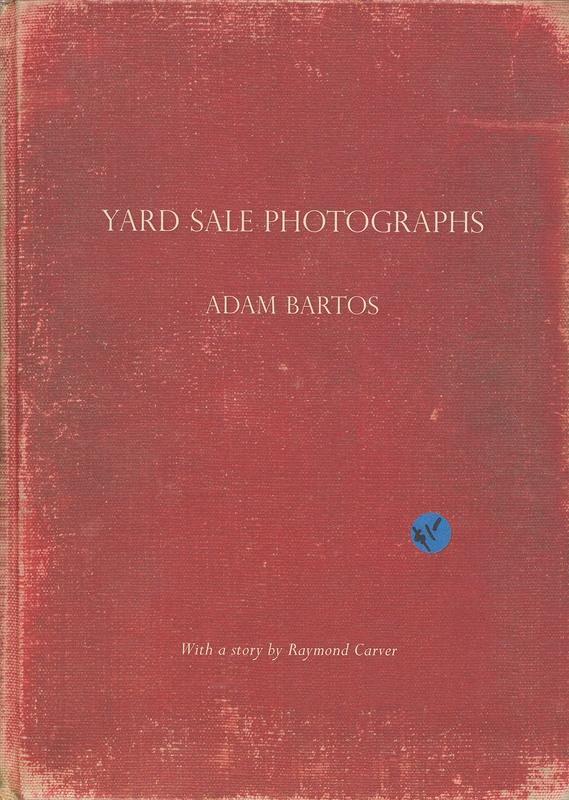Lodz Ghetto Album “Selected by Martin Parr and Timothy Pruss”

In the spring of 1940, the German forces occupying Poland drove the Jews of Lodz into the Holocaustâs second-largest and most hermetically-sealed ghetto. It functioned both as a sweatshop serving the German war effort, and a prison for Jews en route to the death camps of Chelmno and Auschwitz. Self-governed by its Council of Elders â with its own police force, currency and postage stamps â its leader was the notorious Chaim Rumkowski. He complied with Nazi orders, believing that the value of Lodzâs labour might secure survival for the majority. History proved him decisively wrong: 95% of the ghettoâs inmates perished. Those who survived starvation rations, disease and prior deportations were removed to the gas chambers of Auschwitz when the ghetto was liquidated in 1944.
Henryk Ross was a photographer employed by the ghettoâs Department of Statistics who kept a clandestine diary of ghetto life in powerful and often brilliant images. When the ghettoâs liquidation began, he buried them. A survivor, he dug them up after the war, releasing many that were to become icons of the Holocaustâs atrocities. But he released only a minority of the pictures during his lifetime. After Rossâs death in 1991, his archive â the most extensive collection of ghetto photographs by any single photographer â was acquired by the Archive of Modern Conflict in London.
This book is the first independent look at the entirety of Rossâs ghetto photographs. Many of the images are what we expect â searing documents of the machinery of the Holocaust and the suffering of its victims. But other âprivateâ photographs reveal âlife in the ghetto, with happiness sometimesâ, as Ross states in his catalogue, showing aspects of a âprivilegedâ life â lovers in the park, childrenâs birthday parties, bodybuilders posing for the camera. Most troubling are photographs of the milieu of the ghetto police â including parties, Rumkowskiâs chief of police with his rabbits, and a fat boy dressed in a ghetto police outfit âplayingâ at herding other children in the manner of a deportation. These photographs have never been published before, nor anything like them. Together with the âpublicâ photographs, and the knowledge that almost everyone depicted perished in the Holocaustâs gas vans and chambers, they add an unexpected, complex and poignant dimension to the photographic record of the ghetto. And they demand a reassessment of how we understand its social order.
Out of stock
Out of stock


